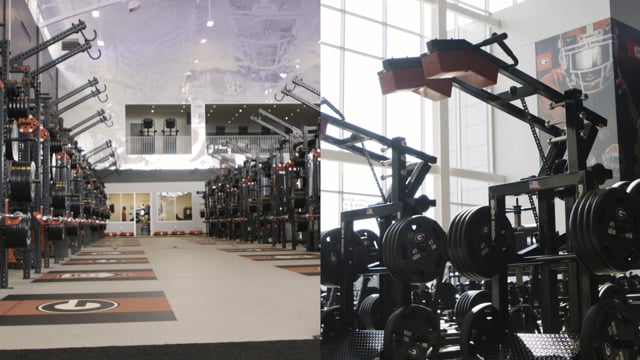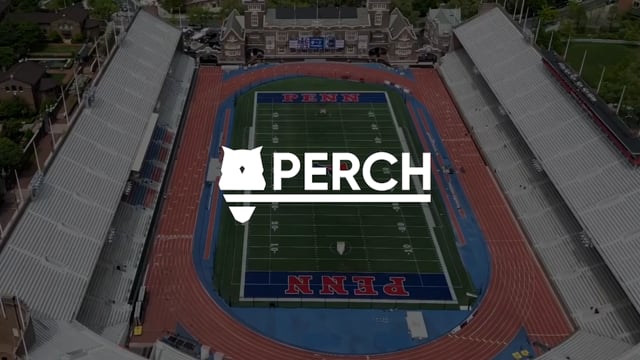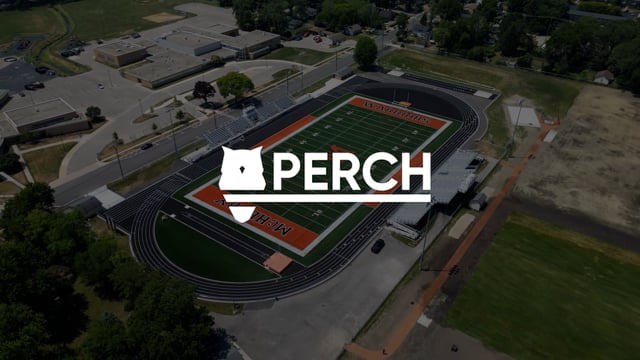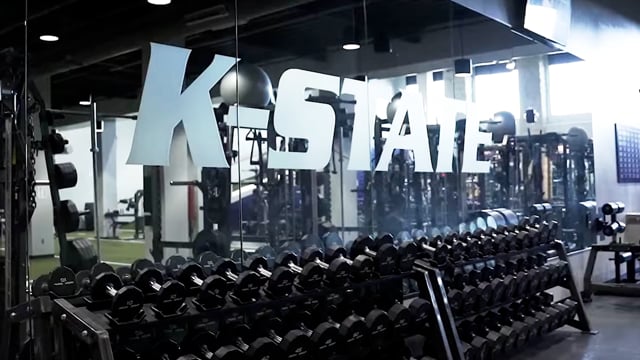Building a Culture of Intent in the Weight Room

Building a Culture of Intent in the Weight Room
Introduction
Every coach wants their athletes to train with purpose. Whether it is executing a max-effort squat or performing a warm-up movement, the difference between simply completing a rep and performing it with intent can drastically impact an athlete’s development. Intent influences everything from neuromuscular adaptation to injury prevention to overall training outcomes.
In this blog, we will explore what it means to build a culture of intent in the weight room. We will break down how to define and communicate intent, how to foster it consistently among athletes, and how tools like velocity-based training can reinforce effort, precision, and accountability in real time. Developing a culture of intent is not about motivational speeches. It is about creating an environment where focus, consistency, and self-awareness drive every rep.
What is Training Intent
Training intent refers to the mental and physical commitment an athlete brings to each movement. It is not just about trying hard. It is about being deliberate with movement quality, execution speed, and attention to feedback.
Intent can manifest in several ways:
- Exploding through a concentric lift phase with maximum speed
- Bracing properly during a squat to protect the spine and optimize force transfer
- Reacting to coaching cues with immediate correction and focus
When athletes move with intent, they send clearer signals to the nervous system, leading to better motor learning and more efficient strength gains. Conversely, when reps are sloppy or performed without focus, they can reinforce poor mechanics and result in wasted effort or injury.
Why Intent Matters for Performance
Intent acts as a multiplier for every other aspect of training. Consider two athletes performing the same exercise. One is going through the motions. The other is locked in, attacking each rep with explosive intent and proper form. Even though the exercise prescription is the same, the outcomes will not be.
High intent drives better adaptation by:
- Increasing motor unit recruitment
- Enhancing intermuscular coordination
- Elevating force and power output
- Accelerating the learning curve for complex movements
- Reducing the likelihood of injury due to improved technique
Research in strength and conditioning consistently supports the idea that how you train is just as important as what you train. Intent is the quality control mechanism that ensures athletes are actually benefiting from the work they put in.
Challenges to Building Intent
While every coach wants high intent in the weight room, it does not always come naturally. Athletes may struggle with motivation, lack clarity on expectations, or become distracted by their environment. Common barriers to intent include:
- Monotonous programming with little variety or challenge
- Lack of real-time feedback on performance
- Training environments that prioritize volume over quality
- Inconsistent coaching cues or unclear expectations
These challenges can lead to disengaged athletes who complete workouts without fully committing to each movement. The key to reversing this trend is creating a system that reinforces and rewards intent at every level of training.
Strategies to Cultivate Intent in the Weight Room
Here are specific tactics coaches can implement to build a weight room culture rooted in training intent
Set the Tone from the Top: Coaches must model intent in their own behavior. That means being present during sessions, delivering purposeful cues, and holding athletes to high standards. If coaches do not treat each rep as important, athletes will not either.
Define What Intent Looks Like: Use clear language to explain what intent means for each lift. For example, tell athletes that intent on a squat means controlling the descent and exploding out of the bottom with maximum speed. Reinforce that it is not just about completing the set but about attacking every rep with focus.
Incorporate Velocity-Based Training: VBT tools like Perch provide objective data that reflect intent. When athletes see bar speed drop, they know their effort or fatigue level is changing. This promotes self-awareness and accountability. Real-time velocity feedback encourages athletes to hit specific output targets, transforming each rep into a measurable challenge.
Gamify Training Effort: Use velocity scores or consistency charts to create intra-team competition. Recognize athletes who maintain the best average bar speed across all working sets. This adds a performance element to every session, motivating athletes to stay locked in.
Program Intent-Specific Sets: Design training blocks that explicitly call for max-intent reps. For instance, use the cue intent sets on your warm-up or velocity drop sets to train athletes to give maximal effort in controlled volumes. Over time, these habits translate into every rep of every session.
Create Feedback Loops: Provide immediate feedback to reinforce proper intent. Verbal cues like punch through the floor or drive the bar fast help athletes stay mentally engaged. Use Perch’s screen display to allow athletes to visually assess their performance and adjust accordingly.
Track and Reward Progress: Use metrics such as peak velocity, velocity loss, or intent consistency scores to track long-term improvements. Celebrate intent just as much as volume or load. When athletes see that effort is measured and rewarded, they are more likely to bring it every session.
Case Example
A small college strength program introduced VBT into its offseason lifting protocol. Coaches began each session by emphasizing intent as the session goal. Athletes viewed their real-time bar speed and received a color-coded indication of whether they were hitting the desired effort zone.
After four weeks, coaches reported increased athlete engagement, reduced velocity variability between reps, and fewer technical breakdowns. Athletes began using the data to self-adjust loads, ensuring they stayed within their optimal training range. Intent was no longer a vague concept. It was visible, measurable, and built into every lift.
Long-Term Benefits of Intent-Driven Culture
When intent becomes embedded in a program’s DNA, it creates a ripple effect across all areas of performance. Athletes become more coachable because they understand the purpose behind cues. They take greater ownership of their development and become leaders in the weight room. Even younger or less experienced athletes rise to the standard when surrounded by teammates who train with purpose.
A culture of intent also improves safety. Athletes who are locked in are more likely to respect rest periods, use proper technique, and communicate effectively. The result is a more efficient, high-performing, and resilient team.
Conclusion
Building a culture of intent in the weight room takes more than effort slogans or motivational talks. It requires structure, feedback, and leadership. By defining intent, reinforcing it with real-time data, and recognizing athletes who bring it every session, coaches can transform how their teams train.
Velocity-based training is one of the most powerful tools to support this transformation. With systems like Perch, intent becomes a visible, quantifiable element of every rep. And when athletes move with purpose, progress is no longer a matter of chance. It is a matter of consistency.
CTA: Ready to develop a stronger, more focused weight room culture? Learn how Perch can support your team’s training intent.
Sources
- Mann, J. B., & Haff, G. G. (2016). Applied Strength and Conditioning Techniques. Human Kinetics.
- Weakley, J. J., McLaren, S. J., Ramirez-Lopez, C., et al. (2020). The Practical Application of Velocity-Based Training with Young Athletes. Strength and Conditioning Journal.
- Wulf, G., & Lewthwaite, R. (2016). Optimizing performance through intrinsic motivation and attention for learning. Current Directions in Psychological Science.
- Banyard, H. G., Nosaka, K., & Haff, G. G. (2017). Reliability and Validity of the Load Velocity Relationship to Predict 1RM. Journal of Strength and Conditioning Research.

Start Gathering Data With Perch Today!
Reach out to us to speak with a representative and get started using Perch in your facility.








































































.avif)

































